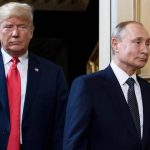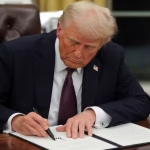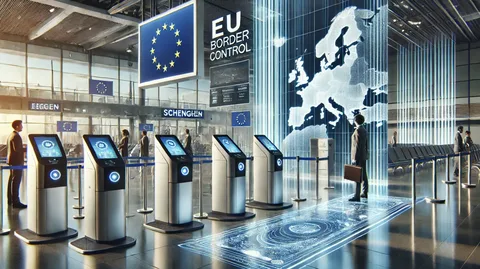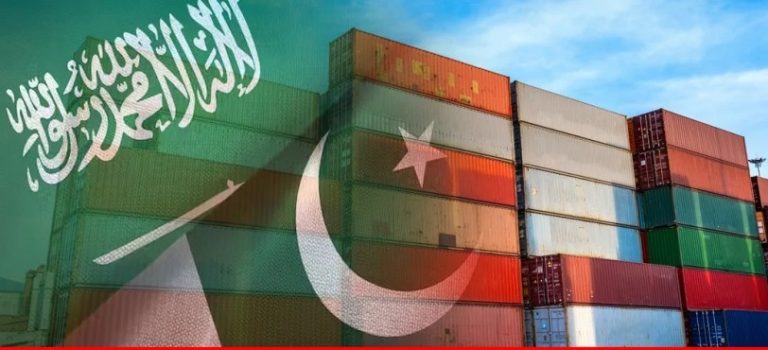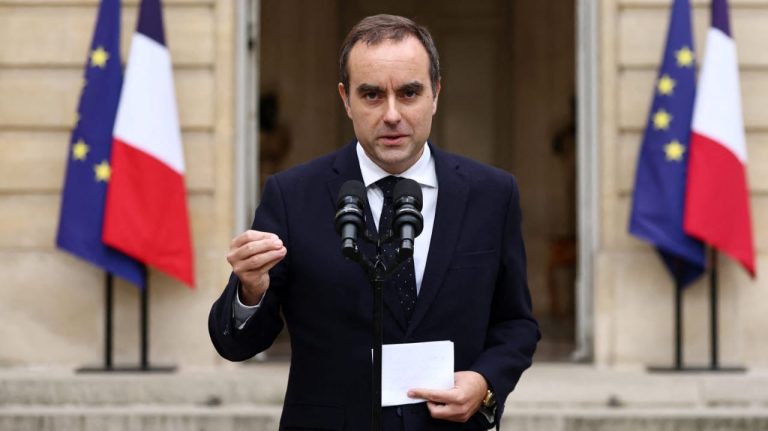The world is preparing for a dramatic change in U.S. foreign policy when Donald Trump returns to the White House in 2025.
Trump’s strategy, which is frequently characterized as transactional, nationalist, and unexpected, is once again grabbing media attention in contrast to conventional diplomacy.
The “America First” philosophy is not simply returning, but is changing as a result of issues with NATO funding, heightened tensions with China, and a very different stance on Ukraine.
What, therefore, is different about Trump’s foreign policy philosophy this time around?
America First” Again But Version 2.0:
Although “America First” still plays a significant role in Trump’s foreign policy, there has been a noticeable strategic shift in 2025: more forceful withdrawal from international alliances unless they are thought to advance American interests.

Bilateral agreements are prioritized over multilateral organizations. economic nationalism, especially in the defense and trade sectors.
less emphasis on advancing democracy overseas in favor of practical diplomacy, including when dealing with enemies.
NATO: Continued to Face Criticism:
Resuming his tough position on NATO, Trump has blasted member countries for “not paying their fair share.”
He made a suggestion in early 2025 that unless European partners dramatically boost defense spending, U.S. military backing for the alliance would be reduced.
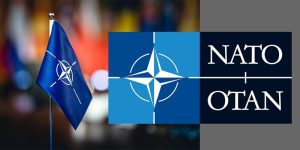
During a recent address in Florida, Trump declared, “The United States will no longer be the world’s piggy bank.”
European capitals have been worried by this, and nations like France and Germany have called for the EU to become more independent in its defense.
Ukraine: A Change in Approach to Military Assistance:
Trump has advocated for a negotiated settlement with Russia and has indicated a decline in military assistance for Ukraine, in contrast to his predecessor.

This change is divisive, particularly among NATO partners and the U.S. Congress, but it is consistent with Trump’s 2025 rhetoric that prioritizes U.S. border security and avoids “forever wars.”
What’s Changing:
Review of military assistance.
Direct negotiations between Kyiv and Moscow are encouraged.
Growing “Ukraine fatigue” among American voters is being used as a political tool.
China: Direct Action, Tough Talk:
China continues to be Trump’s major geopolitical adversary.
His administration is expanding its military presence in the Indo-Pacific, particularly in the region surrounding Taiwan and the South China Sea, enforcing stricter export regulations for technology, and imposing new tariffs.

Trump’s intention? “Peace through strength,” however in 2025 there may be a chance for economic separation.
Important Modifications:
Trade conflicts are back.
Exports of sensitive technology and AI chips are prohibited.
Renewed military exercises with the Philippines, Taiwan, and Japan.
Middle East: Idealism vs. Realpolitik:
Trump 2.0 is approaching the Middle East in a transactional manner, in contrast to the Biden administration.
Trump administration extended agreements on security with Saudi Arabia Reducing American condemnation of human rights abuses, showing interest in starting negotiations with Iran, but on American terms.
Remarkably, the Abraham Accords continue to be a pillar, and it has been claimed that the Trump administration is seeking to extend them to further Gulf states.
Agreements on the Global Climate: Cold Shoulder
The United States will no longer be leading on climate change as a result of Trump’s return.
The government has: denied access to international climate funds Domestic energy production was deregulated.
Reaffirmed the importance of fossil fuels and coal in achieving “energy independence.”
The EU and China are currently filling the leadership void in climate diplomacy that has resulted from this.
Trump’s foreign policy in 2025 will not be the same as it was during his last term.
It is more focused on national sovereignty and economic leverage, more ruthless toward multilateralism, and more measured in military action.
Even if it can cause temporary inconveniences, it conveys a very clear ideological message: the United States only takes action when it is advantageous to the country.


